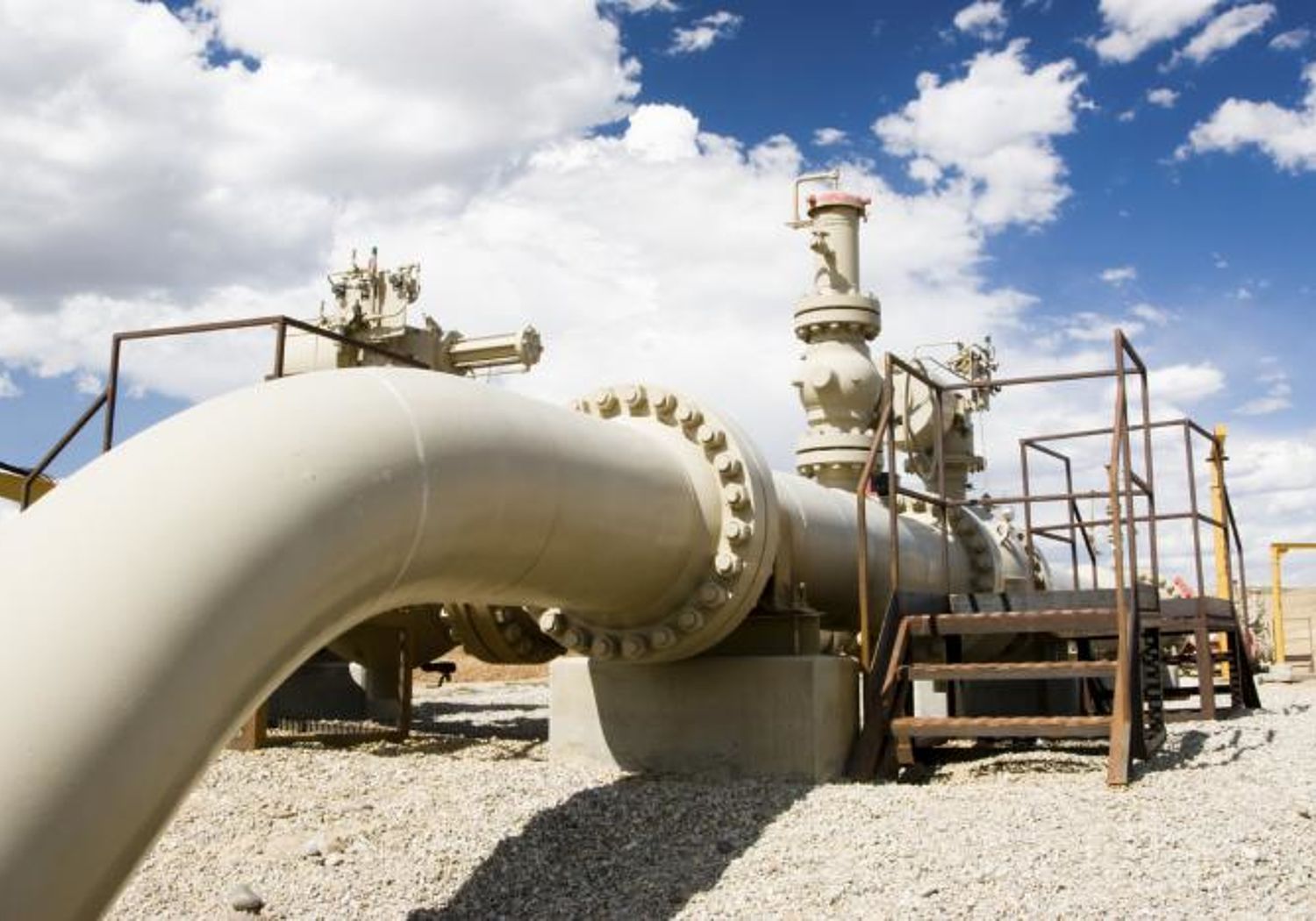Metrological support for LNG custody transfer and transport fuel applications
Fair trade and transport for Liquefied Natural Gas: Improving energy measurements of LNG and its use as a transport fuel

This project developed new LNG calibration facilities and standards for flow and composition measurement. The project also developed and validated methods to calculate LNG density and provided a new approach to correlate methane number, a measure of fuel quality, with LNG composition.
The project:
- Developed an improved model for evaluating LNG density via an improved equation of state for characterising LNG properties, subsequently included in the International Group of Liquefied Natural Gas Importers handbook, the leading guide for LNG measurements.
- Developed a prototype sensor to simultaneously measure density and speed of sound, key parameters for ultrasonic flowmeters, providing in-field metrological traceability.
- Developed and validated a new algorithm to determine the methane number, a parameter needed to fine tune efficient operation of LNG-fuelled engines.
- Developed a new sampling and vaporising method that provides representative LNG samples for accurate composition measurements.
- Validated a laser-based method to measure LNG flow in cryogenic conditions, developed in LNG I. This has subsequently been accredited for operation under explosive atmosphere conditions.
Delivering impact
A research facility was constructed to calibrate flow meters for LNG vehicle and ship fuel dispensing. Validation continued in the follow-on project LNG III Metrological support for LNG and LBG as transport fuel.
LNG II delivered the first algorithm to determine the methane number that incorporates measurement uncertainty, enabling LNG users to fine-tune ship or truck engines for optimal performance, cost efficiency, and reduced CO2 emissions.
The cryogenic Laser Doppler Velocimetry system for flow measurement validated in LNG II is planned for commercial exploitation by Cesame, the French national test laboratory for gas flow measurement. A field test has been done, and another is planned for installation by Reganosa, the Spanish natural gas transmission and regasification company. The project also led to the establishment of an ISO Working Group for the Dynamic measurement of LNG, that has produced a draft standard for dynamic flow measurements of LNG that incorporates project outcomes.
Participating EURAMET NMIs and DIs
CMI (Czechia)
FORCE (Denmark)
INRIM (Italy)
JV (Norway)
LNE-LADG (France)
NPL (United Kingdom)
PTB (Germany)
RISE (Sweden)
VSL (Netherlands)
Other Participants
Oil & Gas Measurement Limited (United Kingdom)
Shell Global Solutions International B.V. (Netherlands)
Information
